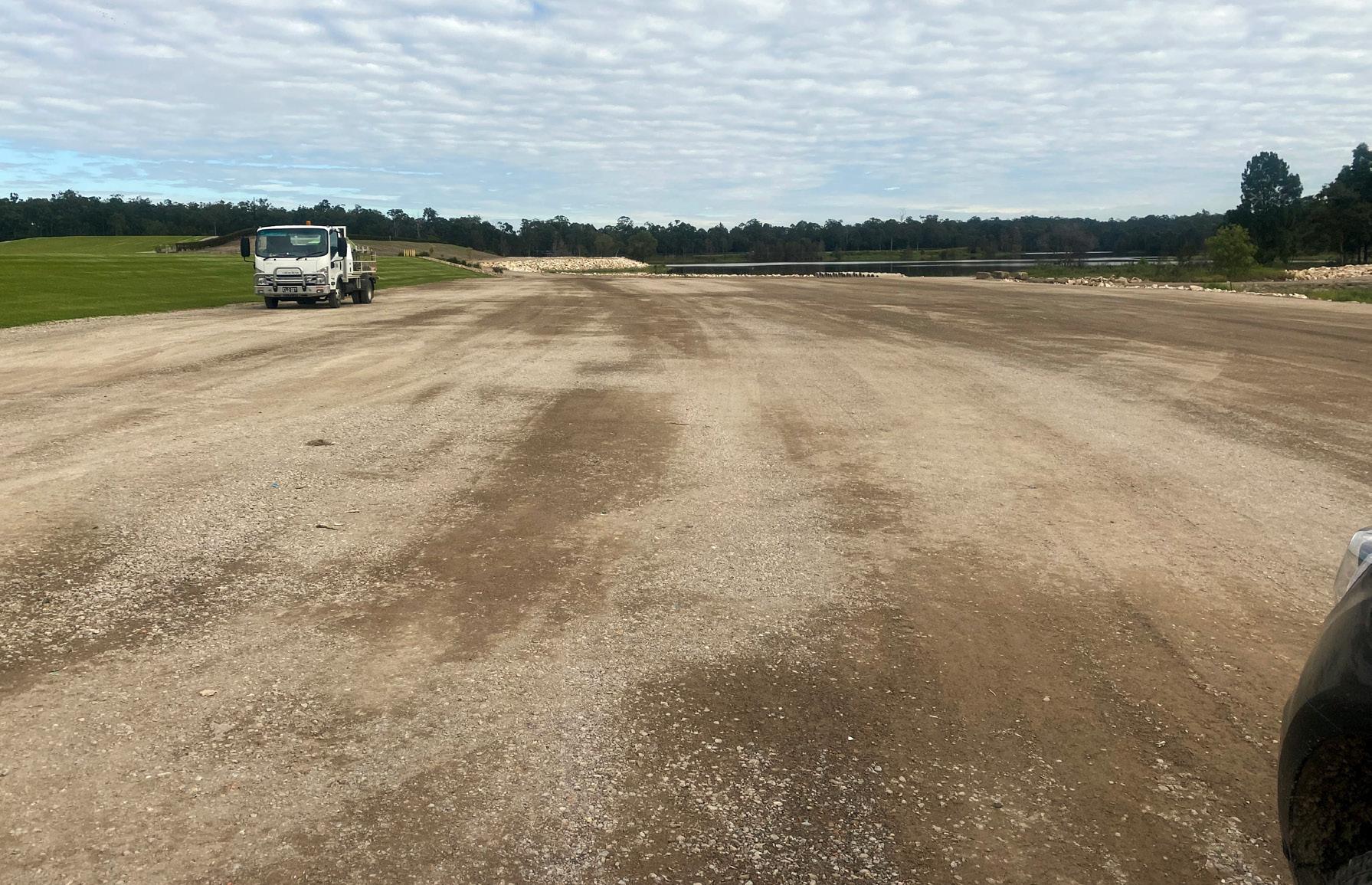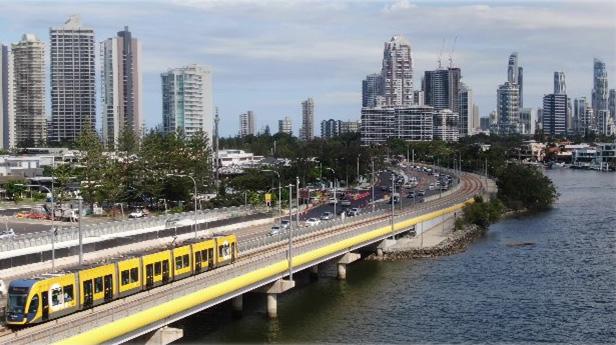
2 minute read
DEPARTMENT OF TRANSPORT AND MAIN ROADS (TMR) LOCAL GOVERNMENT
This means we’re already thinking about how we provide a positive legacy. The games are a catalyst to bring forward investment to deliver great benefits, such as fully accessible transport facilities and services and a commitment to quality walking and cycling connections to venues and major public transport hubs.
A LONG-TERM VISION
Given everything we’ve experienced over the last five years, from COVID-19 to bushfires to floods, our longer-term vision is definitely agile. Queensland is unique as two thirds of the state’s population live in South East Queensland, where an additional growth of two million people is forecast in the next 20 years. Unexpectedly, our population base grew during COVID-19 as we were a destination of choice.
The delivery of region-shaping infrastructure like Cross River Rail can be pivotal in shifting people to more sustainable travel modes, supporting more consolidated development, and allow for high-frequency, highcapacity links. Active transport has also increased and has a role to play in connecting people with places locally, supporting healthy and active lifestyles, and creating liveable and accessible communities in both metro and regional areas.
Rail will be the backbone of the South East’s transport network; it’s the heavy lifter for passenger movement and the cornerstone of TMR’s vision for the future. We expect more people will travel to work in Brisbane’s central business district (CBD) by rail than by any other mode and when Cross River Rail opens in 2026, further opportunities will be fully realised regarding capacity improvements.
In regional and remote areas, challenges include distance, flooding, resilience, and access to affordable transport services. Safety and connectivity are critical for the community and economy whether moving freight more efficiently or developing tourism, and ensuring the community has access to essential services like health, education, and employment.
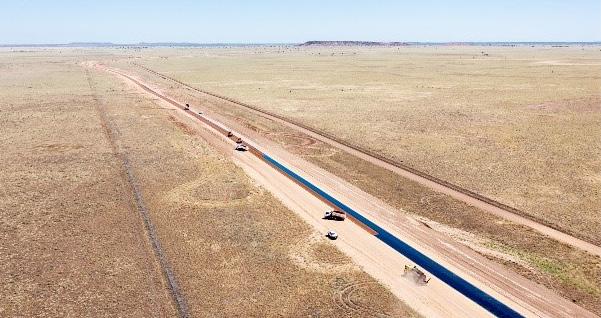
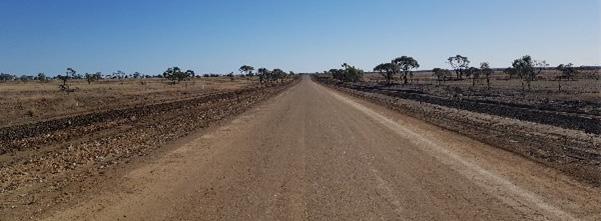
As for over the horizon planning, I’m reminded of a futurist who said ‘look to the sky’ when prompted about the next generation of transport vehicles. Recently, there’s been a lot of discussion about electric autonomous vertical take-off and landing (VTOL) drones. We’re making sure we monitor this front of the innovation wave.
Innovating Transport
I didn’t expect to be dealing with passenger VTOL drones during my
The Waste Recycling Industry of Queensland (WRIQ) is the unified voice of waste management, recycling and materials recovery. Representing more than 90 Queensland-based operators, WRIQ engages in state-specific issues of strategic importance to achieve successful economic, social and environmental outcomes.
Infrastructure is currently enabling around 70 percent of Australia’s emissions through its construction, operation and maintenance, and use. Significant emission reductions can be achieved through the infrastructure planning and decisionmaking stages and the application of principles around resource efficiency, lifecycle assessment and the circular economy; to inform infrastructure design, and materials and technology selection.
A circular economy values resources by keeping products and materials in use for as long as possible. Queensland is increasing its use of recycled materials in road construction and resurfacing works.
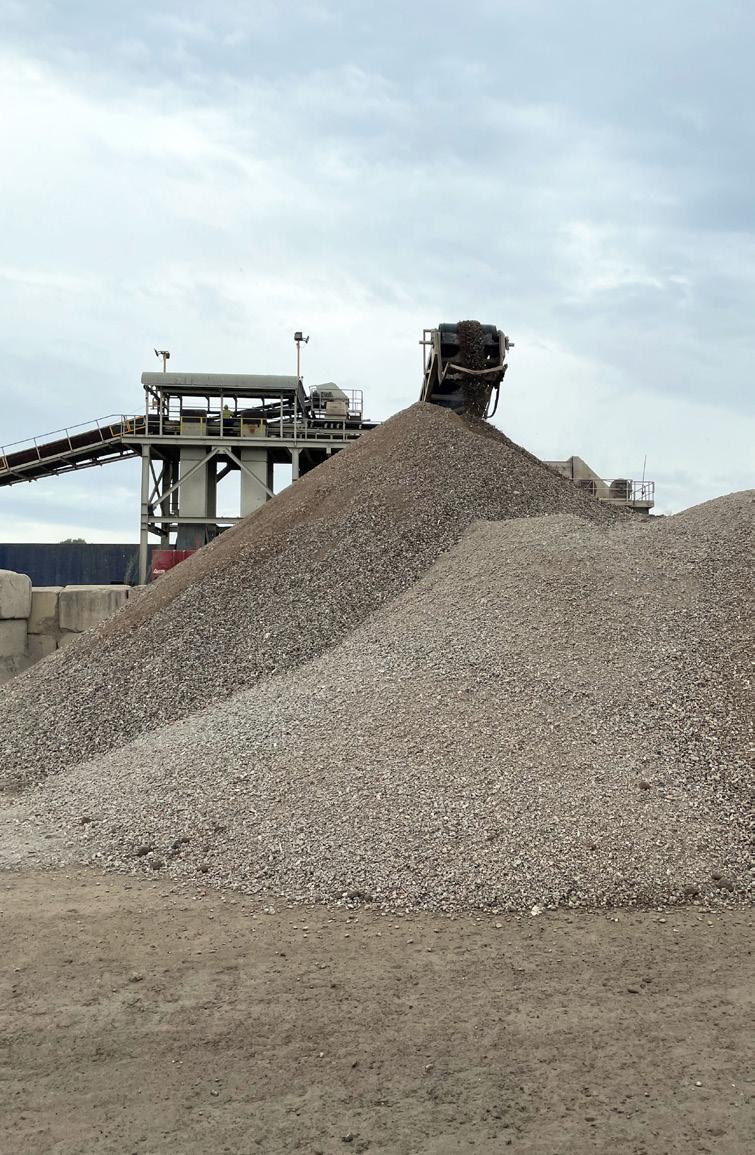
Using recycled materials has the potential to deliver significant benefits including cost savings, reducing waste to landfill, protecting the environment through the reduced consumption of virgin materials, reducing greenhouse gas emissions generated by the production of new materials, as well as improving network performance.
WRIQ members are providing safe, reliable and high-quality recycled and recovered products for Queensland’s essential road infrastructure including recycled glass aggregate, crumbed rubber, reclaimed asphalt pavement material, plastics, soils, and construction and demolition waste (concrete and brick). These recovered products meet all relevant technical guidelines and material specifications.
Investment is continuing into further research to understand the opportunities for incorporating more recycled content into road infrastructure.
